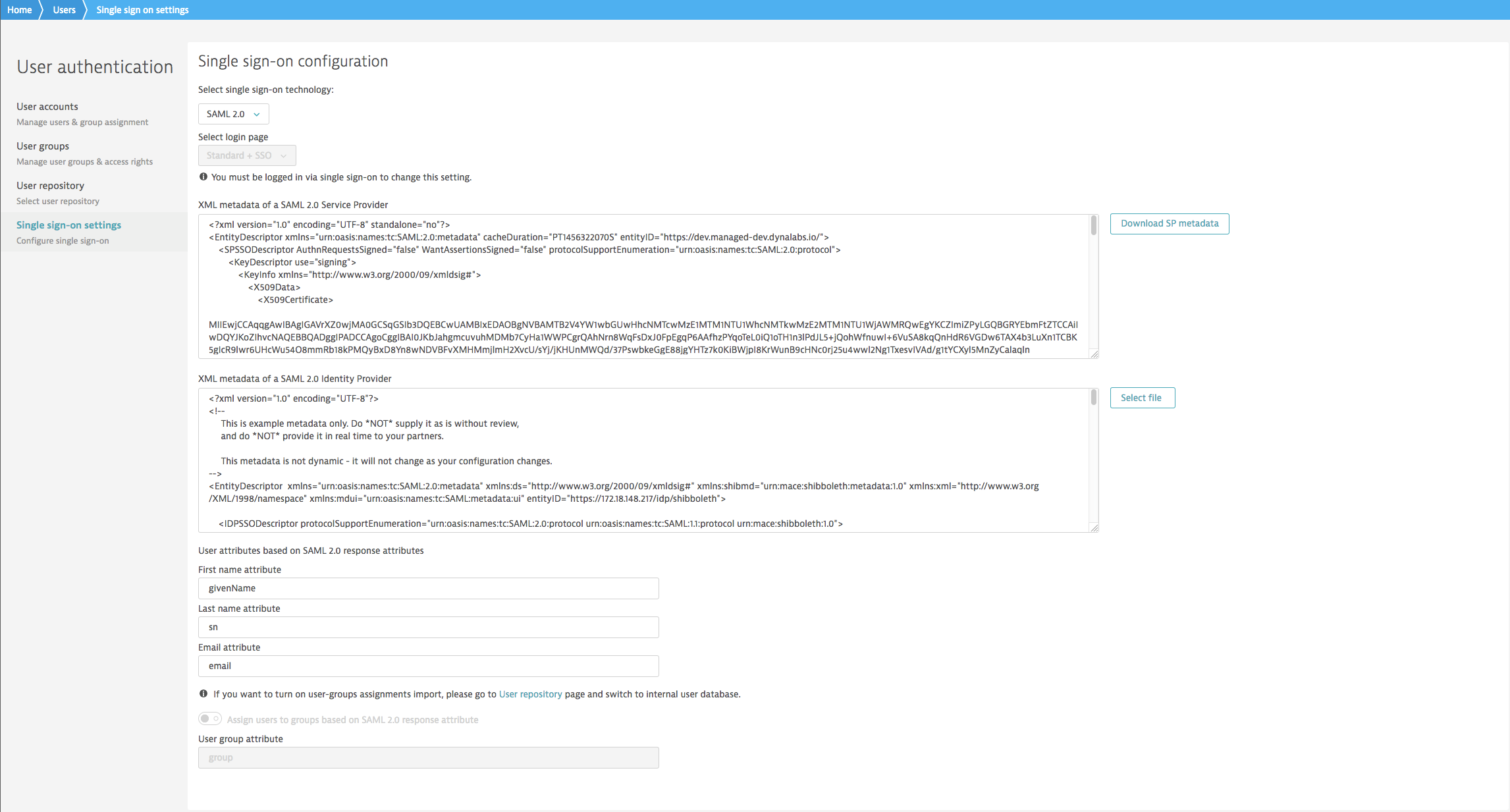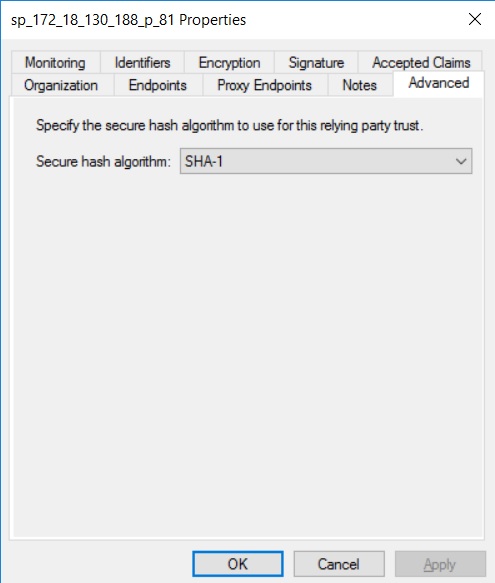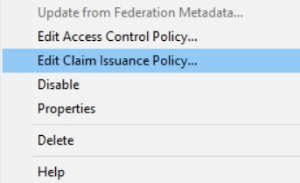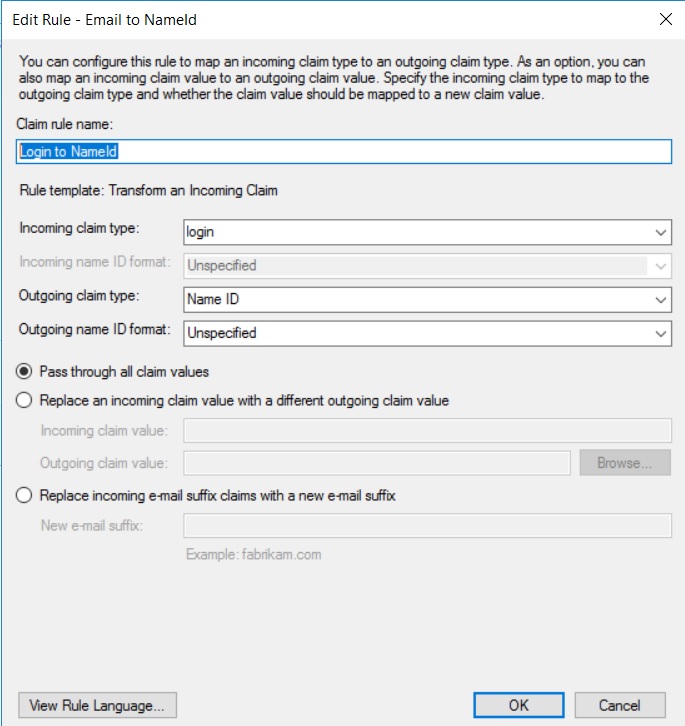Manage users and groups with SAML in DESK Managed
DESK Managed supports integration with SAML 2.0 as an SSO IdP (Single Sign-On Identity Provider) for the management of users and groups. SAML can use either HTTP POST (preferred) or HTTP Redirect bindings. When both are present, HTTP POST is used.
Set up SAML 2.0 integration
This procedure requires configuration in DESK Managed and at your IdP.
In DESK Managed
-
From the Cluster Management Console menu, select User authentication > Single sign-on settings.
-
From Select single sign-on technology, select
SAML 2.0. -
From Select login page, select the login options you want to offer users:
- Standard + SSO displays the standard DESK login page, where the user has the choice to sign in using a local user account (as configured through User authentication > User accounts) or to select the Log in using SSO link and use SSO authentication.
- SSO skips the DESK login page, so the user cannot sign in using a local user account, and redirects to the IdP login page for SSO authentication only.
-
Select Download SP metadata to download (to file
sp.xml) the SAML metadata you need to provide to your SP.
The XML metadata of a SAML 2.0 Service Provider box displays the metadata.
On your Identity Provider server (IdP)
Refer to your IdP documentation for details on these steps.
At your IdP server
- Use the
sp.xmlmetadata file you downloaded earlier to configure DESK Managed as a Service Provider (SP). - Download the completed configuration metafile from your IdP server.
In DESK Managed
Back in the DESK Managed Cluster Management Console
- Return to the Single sign-on settings page (User authentication > Single sign-on settings) to continue where you left off.
- Select the Select file button and upload your IdP configuration metafile to DESK Managed.
The XML metadata of a SAML 2.0 Identity Provider box displays the metadata. - Under User attributes based on SAML 2.0 response attributes, enter the user attributes.
- First name attribute
- Last name attribute
- Email attribute
Group assignment configuration
Each DESK Managed user must be assigned to at least one user group, with at least one associated monitoring environment. Without such a mapping, the user can't sign in to DESK Managed and will instead receive an error message stating that no environment has been found.
The Assign users to groups based on SAML 2.0 response attribute switch determines how you manage user-group assignments:
-
Manually: Set the switch to the off position if you want to make user-group assignments manually from within DESK Managed. In this case, DESK Managed ignores the list of groups sent in your IdP's authentication response.
-
Automatically: Turn on the toggle and enter the group name in the User group attribute field if you want to handle user-group assignment automatically. In this case, any assignments made within DESK Managed are overwritten by the list of groups sent in your IdP's authentication response, such as
<Attribute Name="gr"> <AttributeValue>Admins</AttributeValue> <AttributeValue>Users</AttributeValue> </Attribute>which would assign the user to the
AdminsandUsersgroups.- If the value of the user group attribute in the SAML response contains commas, DESK recognizes it as a comma-separated list of user groups and assigns the user to each group in the list. For example
would assign the user to the<Attribute Name="gr"> <AttributeValue>Admins,Users</AttributeValue> </Attribute>AdminsandUsersgroups. - Make sure group names exactly match existing DESK user group names (case-sensitive, no extra spaces). For example,
Adminsandadminswould be two different groups.
- If the value of the user group attribute in the SAML response contains commas, DESK recognizes it as a comma-separated list of user groups and assigns the user to each group in the list. For example
SAML signing certificate update
To submit a new SAML signing certificate, make a PUT request through the Cluster Management API.
-
In Cluster Management Console, get a
ServiceProviderAPItoken. -
Open the User menu
 in the top-right corner of the window and select Cluster Management API.
in the top-right corner of the window and select Cluster Management API. -
Submit the token.
-
Expand the SSO configuration section and select PUT.
-
Select Try it out.
The Description section displays the format expected for the body of the PUT request.{ "privateKeyEncoded": "string", "publicKeyCertificateEncoded": "string" } -
Paste the contents of the RSA private key and certificate to replace the corresponding
privateKeyEncodedandpublicKeyCertificateEncodedvalue placeholders (string). Be sure to include the fullBEGINandENDtags of each. In this example, the key and certificate are truncated for brevity:{ "privateKeyEncoded": "-----BEGIN RSA PRIVATE KEY-----\nMIIEowIBAAKCAQEAp8RXe0PIuDwj1ZbYrShXRxjiFnq8xmLWZlWIYkScX/1KC69M\n...\nPM3kel4na+AGibenqRs7PA6rqFeXDg193pepzWqvqmJ98W8YYecZ\n-----END RSA PRIVATE KEY-----", "publicKeyCertificateEncoded": "-----BEGIN CERTIFICATE-----\nMIICzTCCAbWgAwIBAgIRAIpaHcbUOpvhKf6exsxJjVowDQYJKoZIhvcNAQELBQAw\n...\nuw==\n-----END CERTIFICATE-----" } -
Select Execute to submit the request.
ADFS configuration
If you choose to integrate DESK Managed with Active Directory Federation Services (ADFS), perform the following steps on the ADFS side and then in DESK Managed.
Configuration on the ADFS side
Use the Add Relying Party Trust Wizard to add a new relying party trust using DESK SP metadata configuration.
On the Advanced tab, set Secure hash algorithm to SHA-1.
Add a claim issuance policy to the added relying party trust.
Define a rule to send LDAP attributes as claims.
Define rules to transform LDAP attributes to Name ID (create a rule appropriate to your needs).
-
Example of a rule to transform the LDAP
loginattribute toName ID. -
Example of a rule to transform the LDAP
emailattribute toName ID.
Configuration on the DESK Managed side
On the DESK Managed Single sign-on settings page, set the User group attribute appropriately.







